FOV Comparison- HMDs
June 2013
This is just a fun page to show the different field of view (FOV) images I’ve captured from different head mounted displays (HMDs). As I take more and more I’ll add them to this page. I’ll attempt to use the same background image so there is a consistent comparison if possible. All images were taken using the same camera.
Some of the images show significantly more pin cushion distortion than is actually visible in the eyepiece. It can be difficult to get a nice image of an HMD eyepiece using a camera. There are several of the HMDs which have FOVs which overfill the camera FOV such as the Oculus Rift and the SA Photonics SA-55. These HMDs will show a clipped image indicated by the video content filling all the way to the image edges.
Each image below has a resolution of 4608×3456 displayed at 420×315 (still 4:3 aspect ratio). The calculation of resolution of a HMD eyepiece is a function of number of pixels of the microdisplay and FOV of the optic; RES=60*FOV/(num of pixels). 20/20 Snellen is considered average visual acuity by your eye doctor which corresponds to RES=1.0 arcmin/pixel. Lower than 1.0 is better resolution and higher than 1.0 is worse resolution. You can find more detailed information in this book if you’re interested–> Head Mounted Displays: Designing for the user; Melzer and Moffitt; McGraw Hill, 1997.
For FOV calculations given in diagonal degrees, I scale using the approximation H.FOV=(DIAG FOV)/(sqrt(H.Pixels^2+V.Pixels^2))*H.Pixels if I can’t find a reported Horizontal FOV for the HMD elsewhere. Many of my FOV numbers for the older HMDs came from here: http://www.stereo3d.com/hmd.htm.
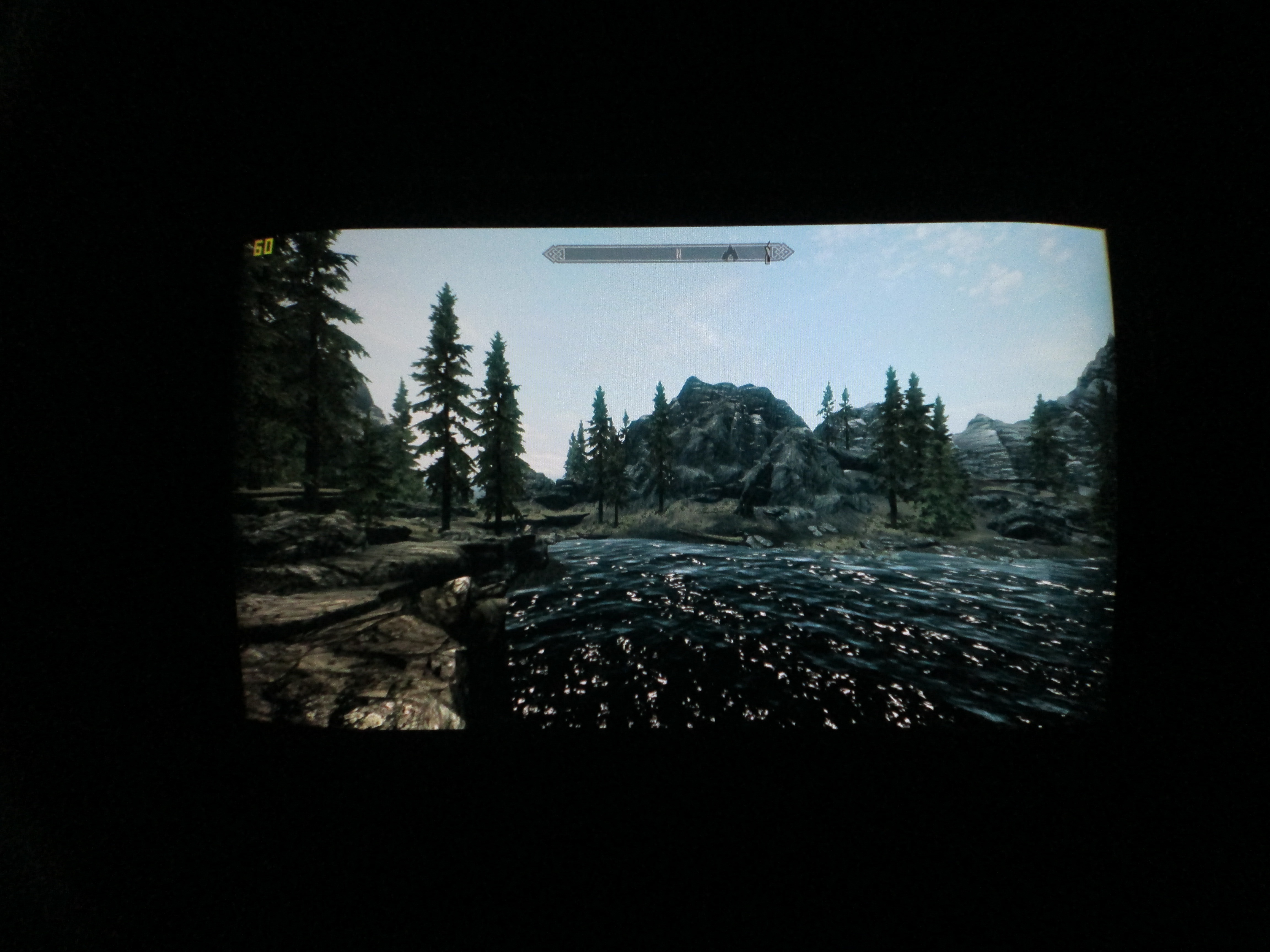
Sony HMZ-T1. 1280×720 pixels. 45 deg. H.FOV. 2.11 arcmin/pixel |
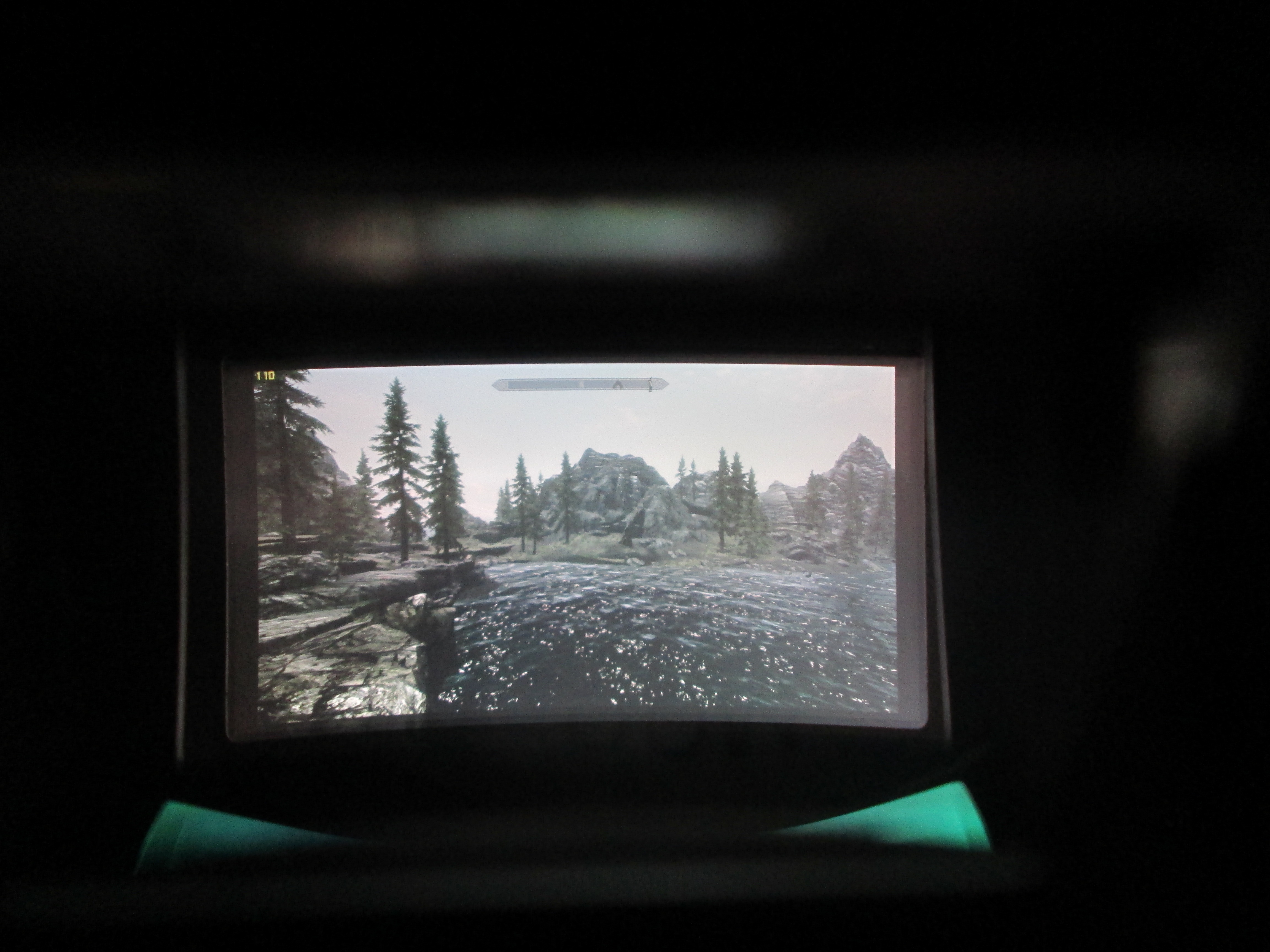
ST1080. 1920×1080 pixels. 39 deg. H.FOV. 1.22 arcmin/pixel |
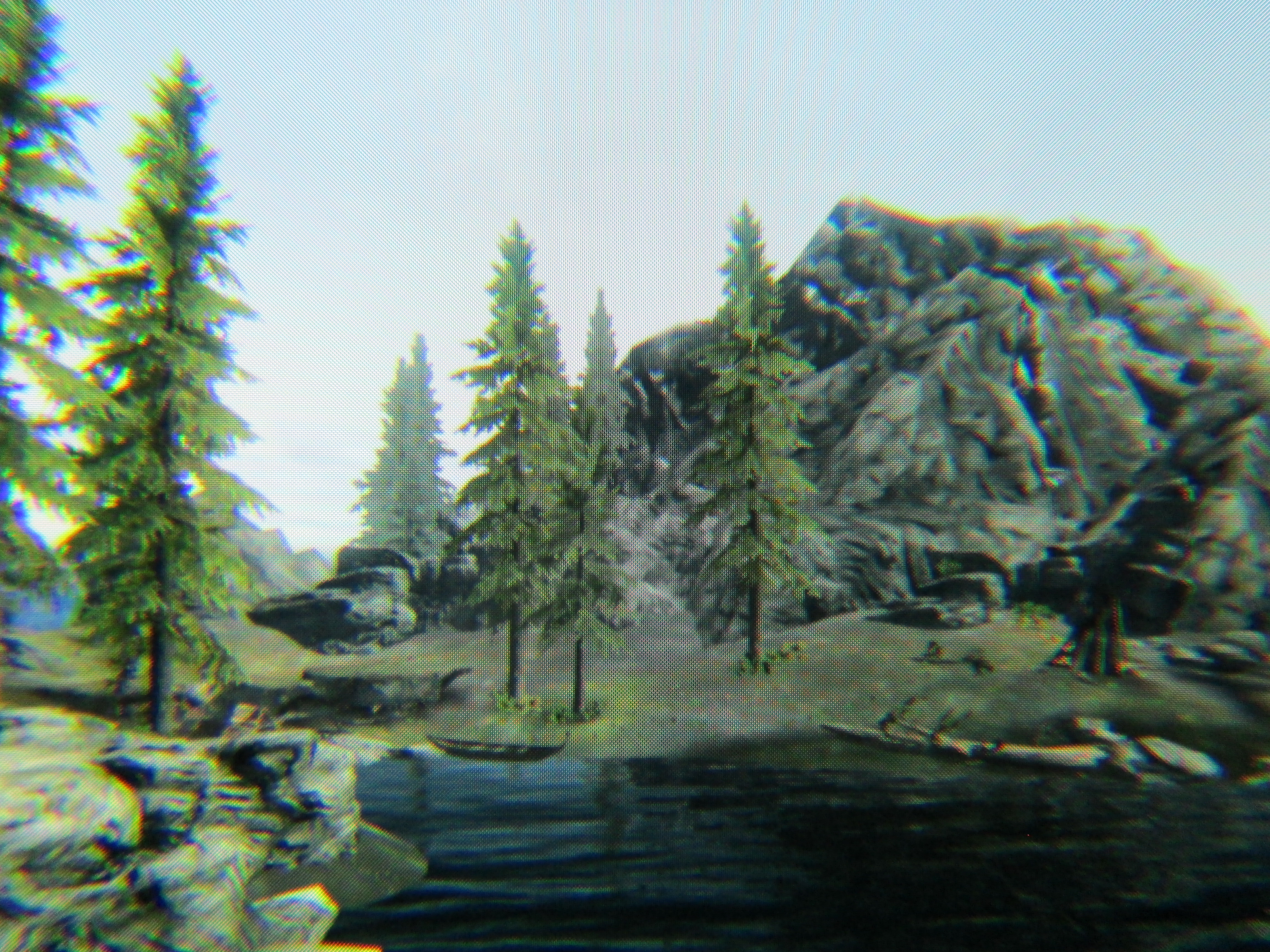
Oculus Rift DK2. 960×1080 pixels. 90 deg. H.FOV. Over fills camera FOV. 5.625 arcmin/pixel |
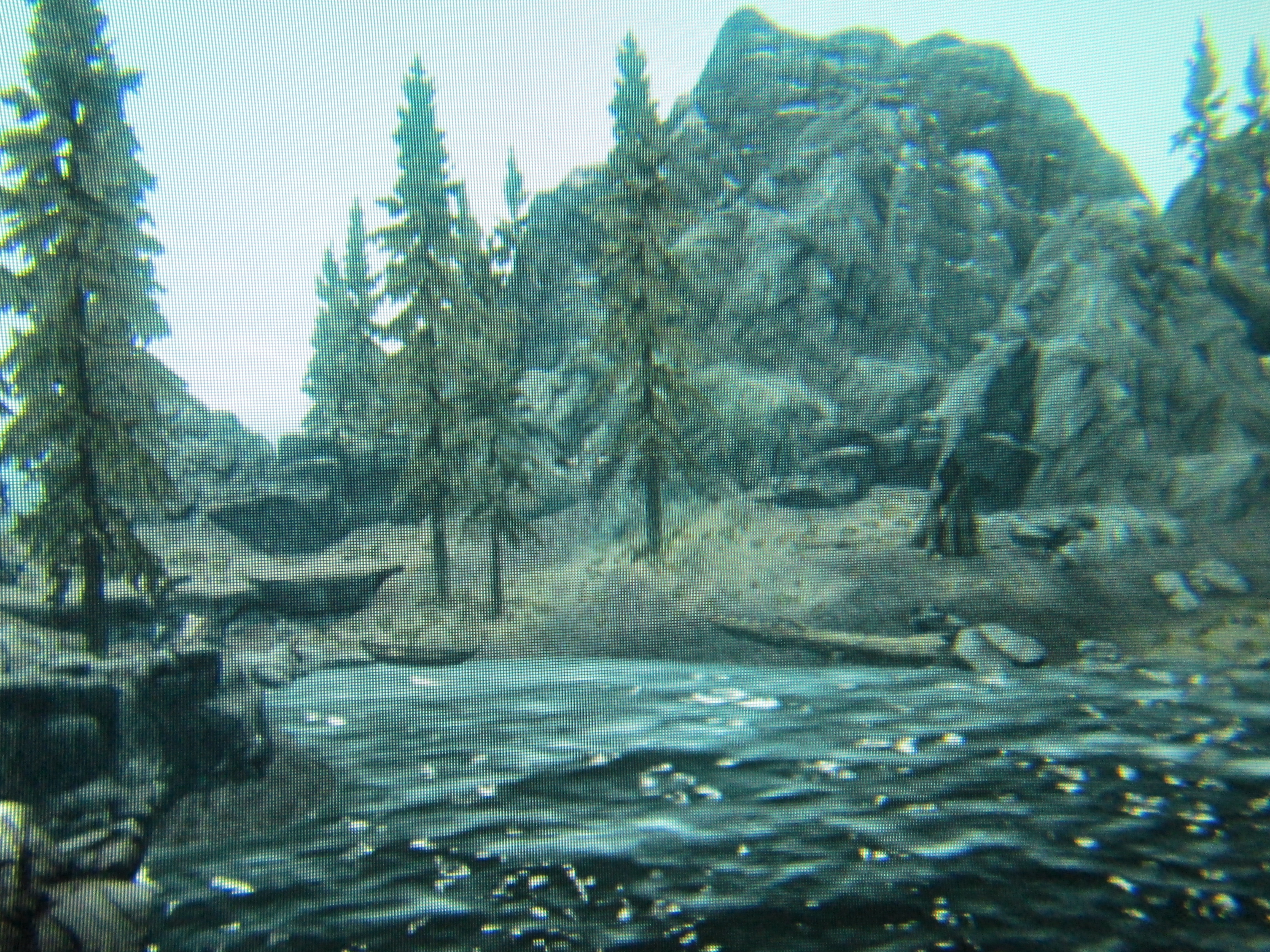
Oculus Rift DK1. 640×800 pixels. 90 deg. H.FOV. Over fills camera FOV. 8.44 arcmin/pixel |

VFX1. 263×230 pixels. TSWA17 optic. ~50 deg. H.FOV. 11.41 arcmin/pixel |

VFX3D. 263×480 pixels. 24 deg. H.FOV. 5.48 arcmin/pixel |
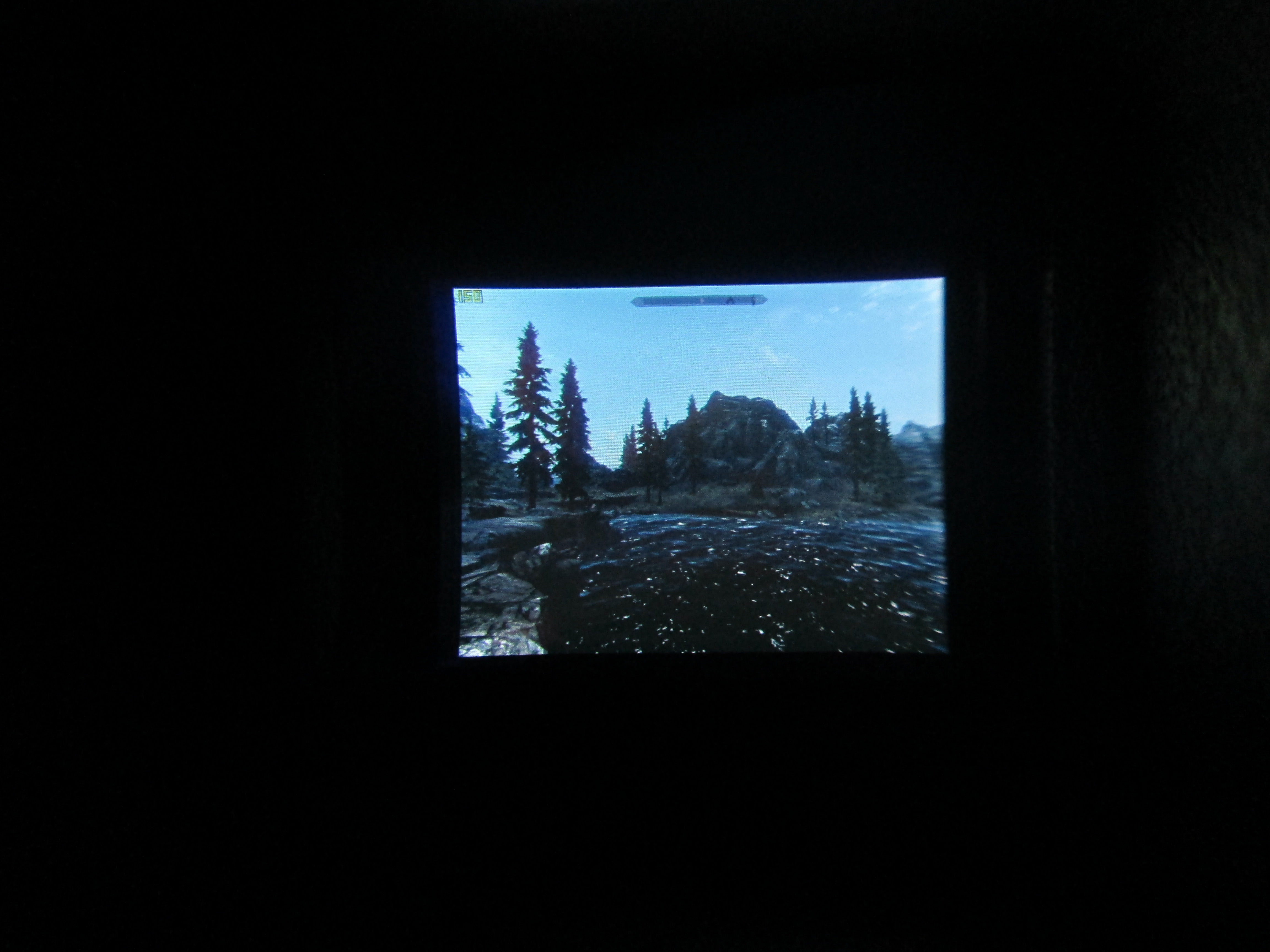
VR920. 640×480 pixels. 25.8 deg. H.FOV. 3 arcmin/pixel |
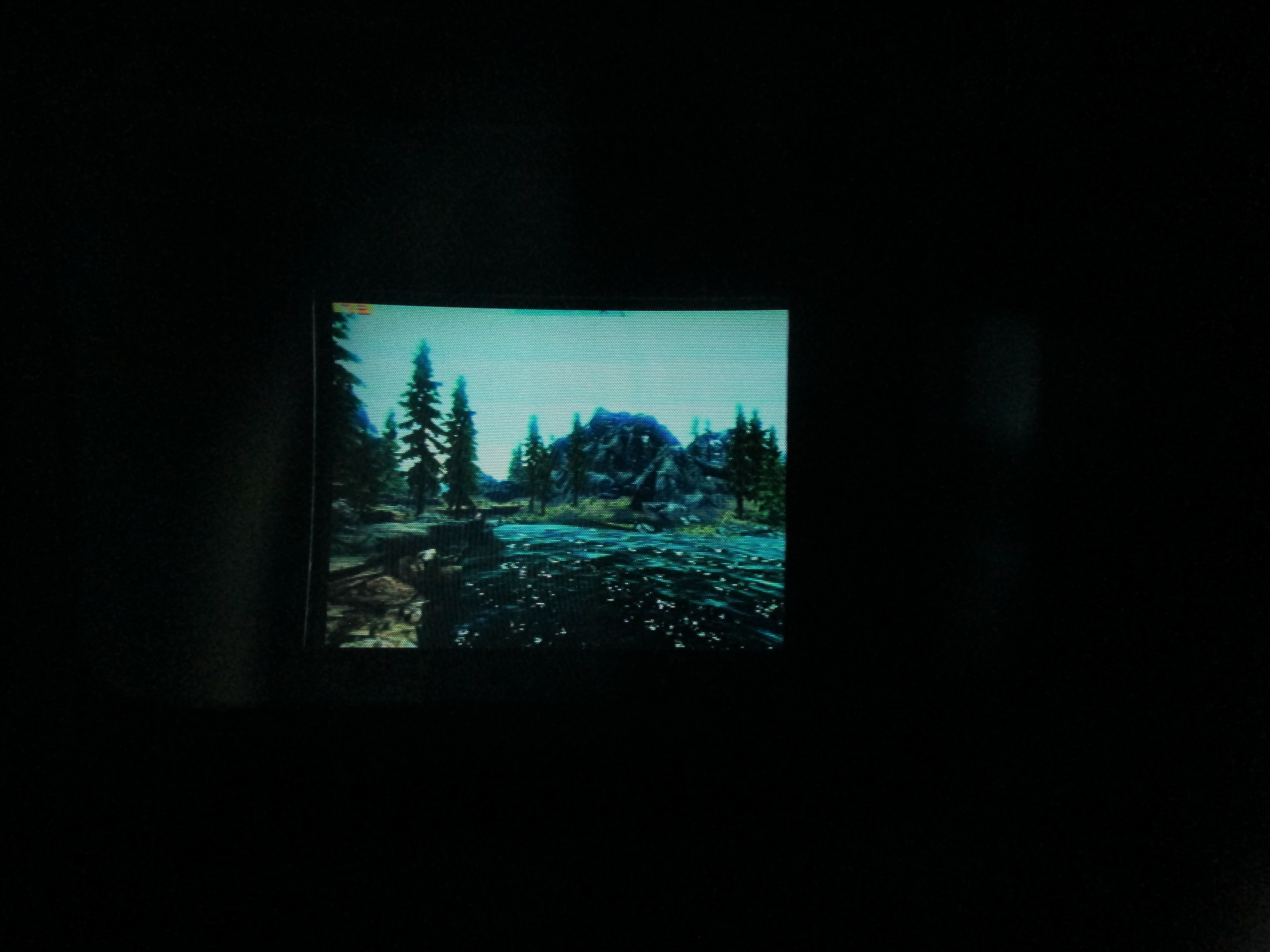
I-glasses VPC. 263×230 pixels. 27 deg. H.FOV. 6.16 arcmin/pixel |
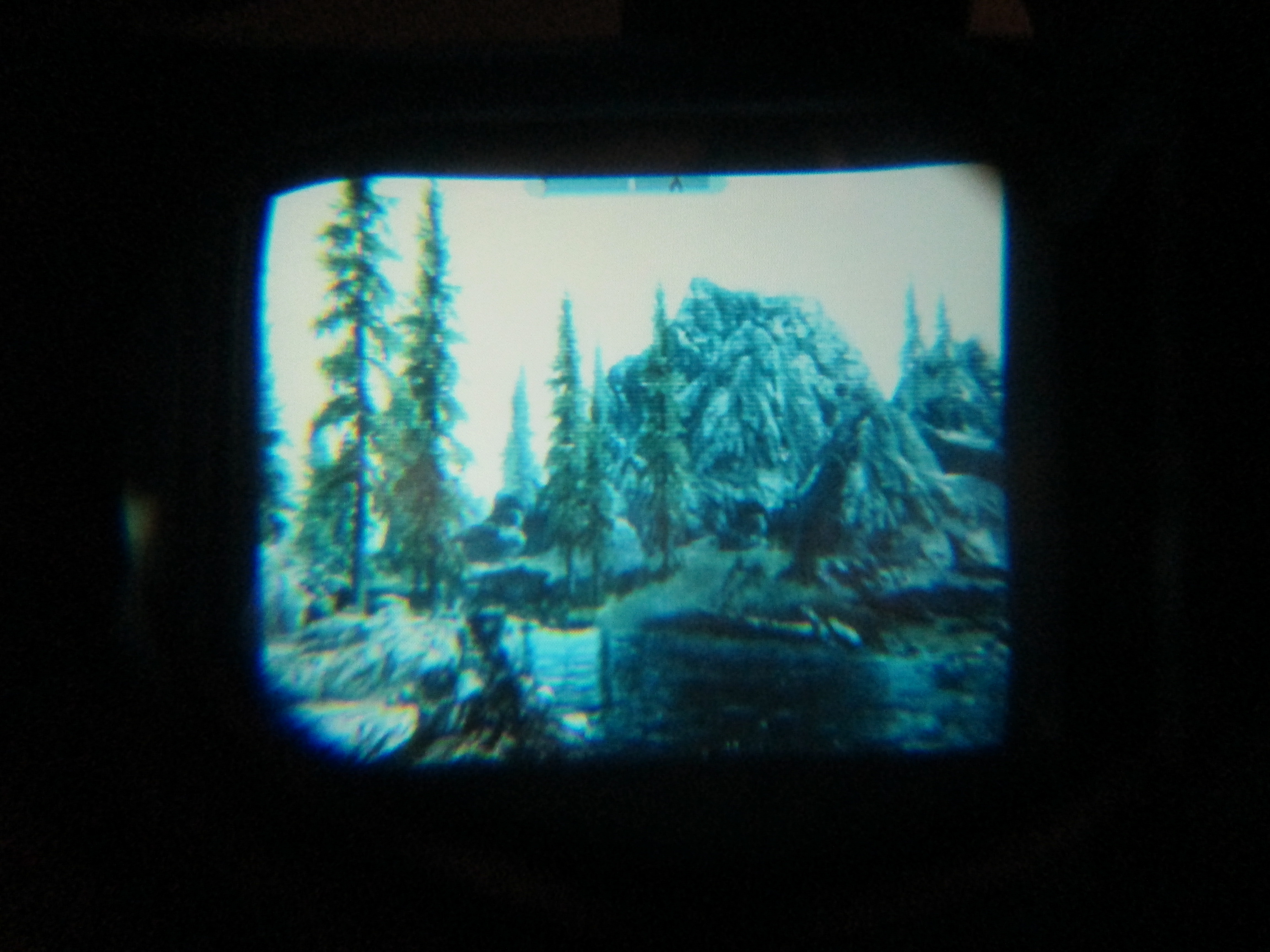
Philips Scuba. 263×220 pixels. 40 deg. H.FOV. Always blurry. 9.13 arcmin/pixel |
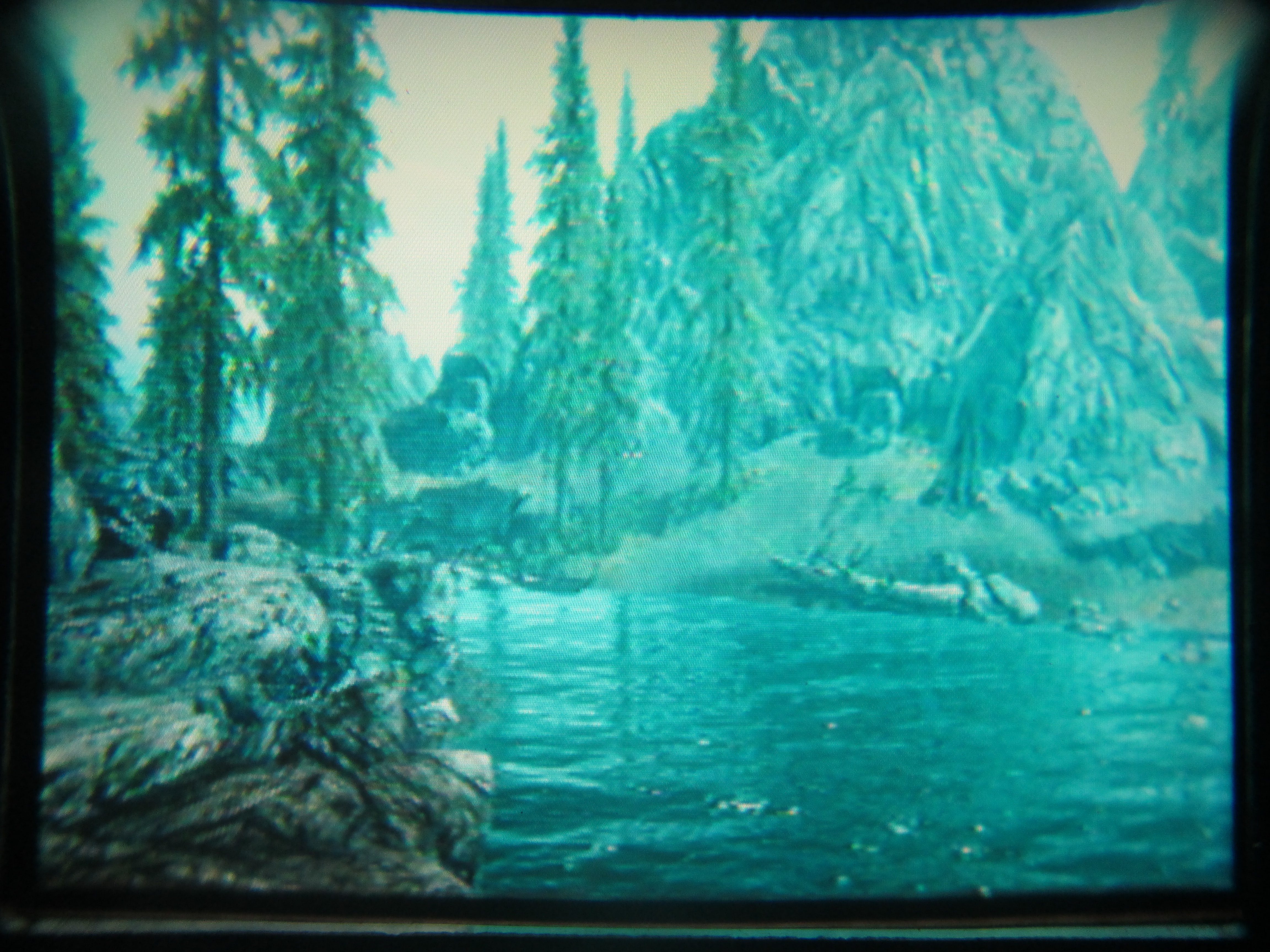
Visette 2 VRi. 244×756 pixels. 60 deg. H.FOV. Almost overfills camera FOV. 14.75 arcmin/pixel. |
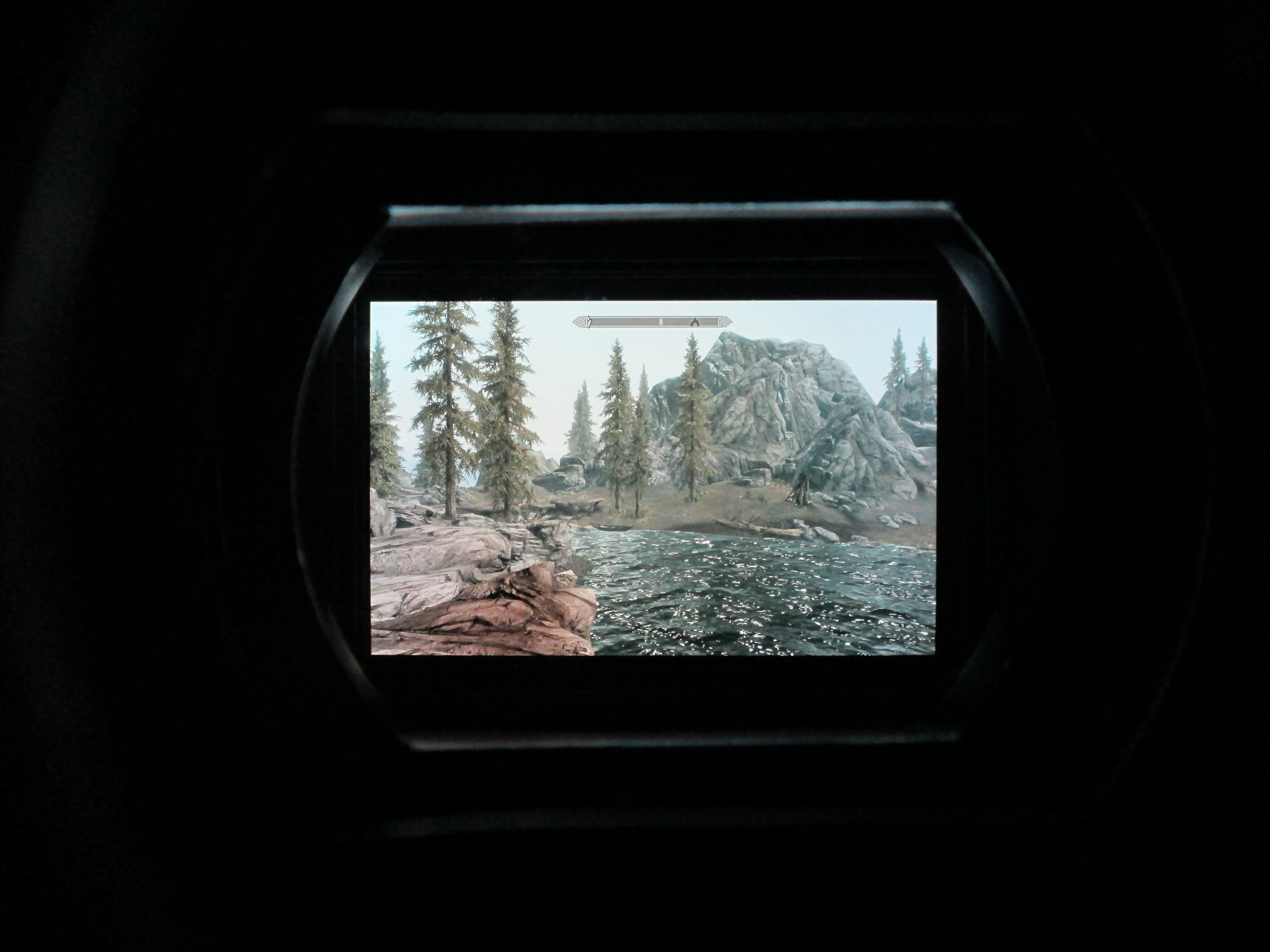
SA Photonics SA-30. 1920×1200 pixels. 30 deg. H.FOV. 0.937 arcmin/pixel. Razor sharp image! |
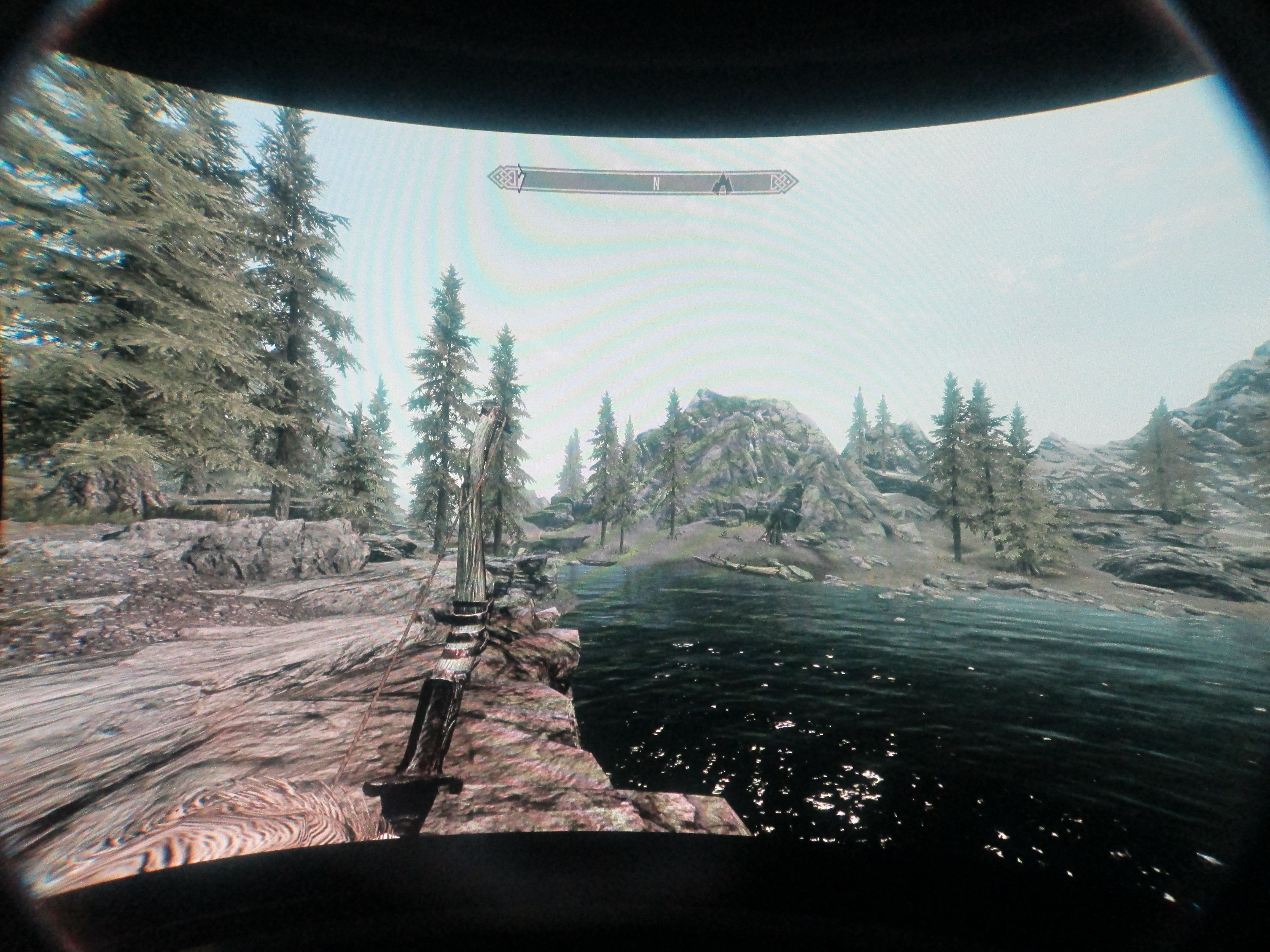
SA Photonics SA-55. 1920×1200 pixels. ~60 deg. H.FOV without distortion correction. Approx. equals camera FOV. 1.875 arcmin/pixel |
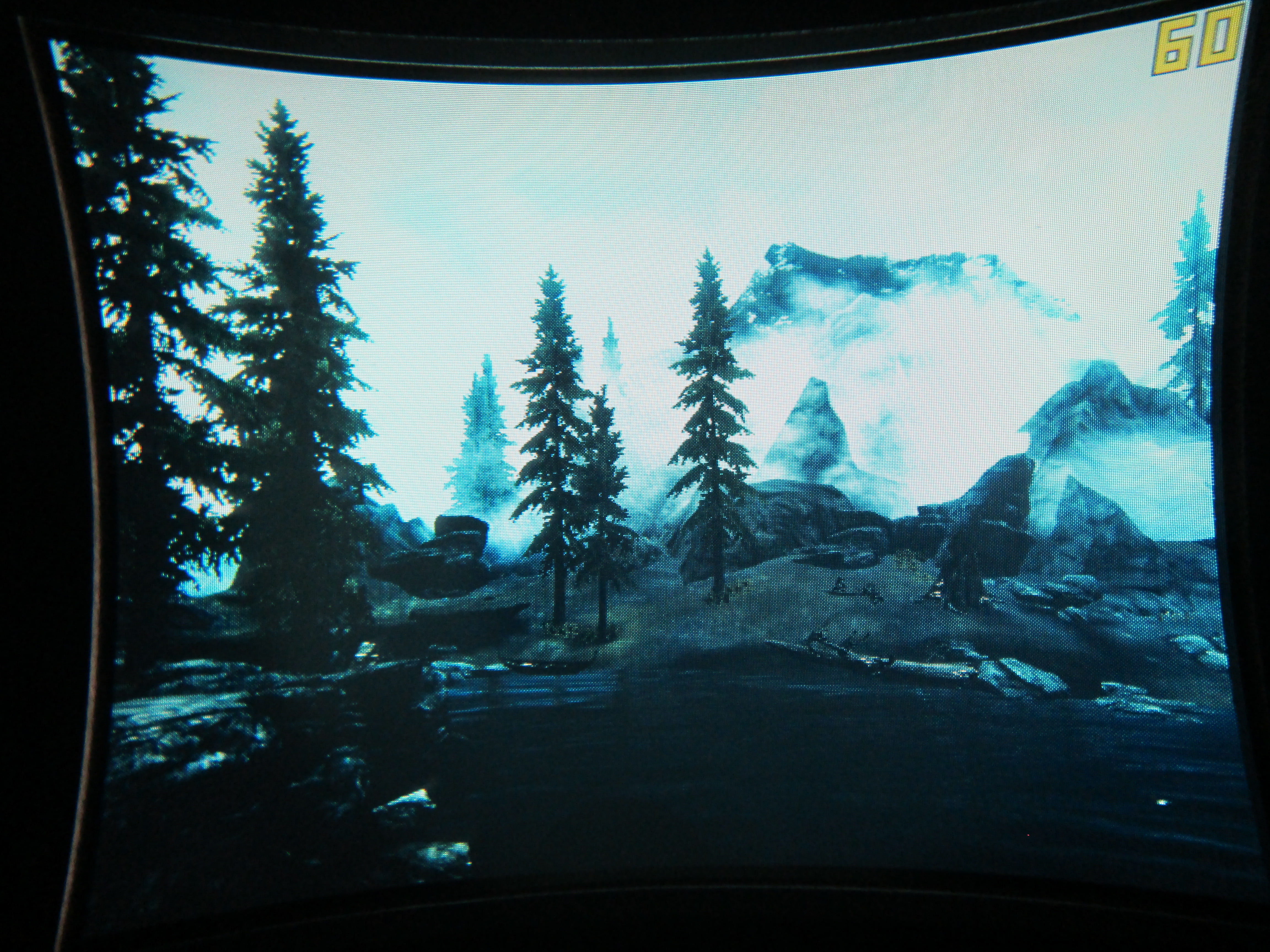
Virtual Research V8. 640×480 pixels. 49.6 deg. H.FOV. 4.65 arcmin/pixel | 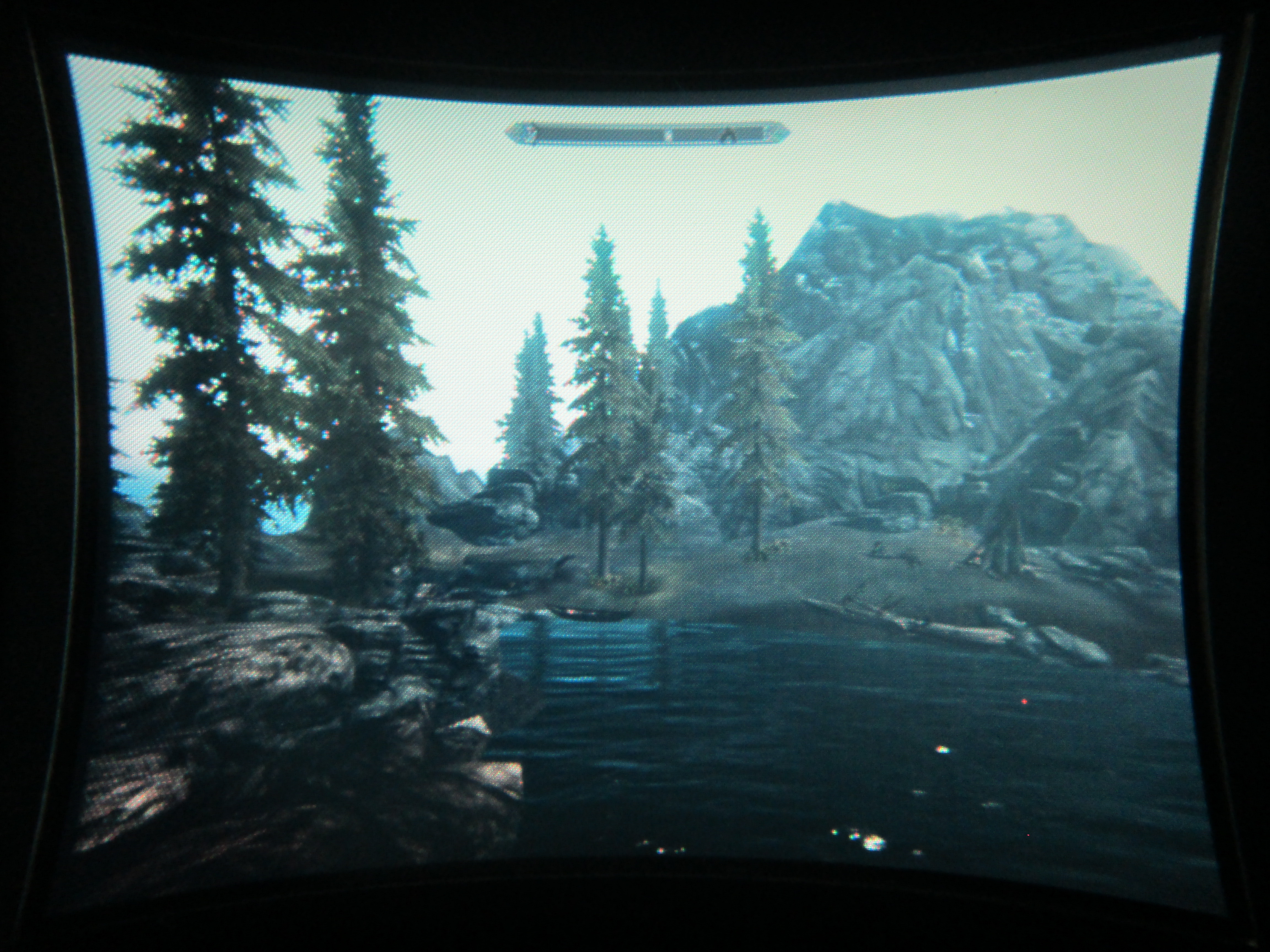
Virtual Research V6. 370×277 resolution. 49.6 deg. H.FOV. 8.11 arcmin/pixel. |
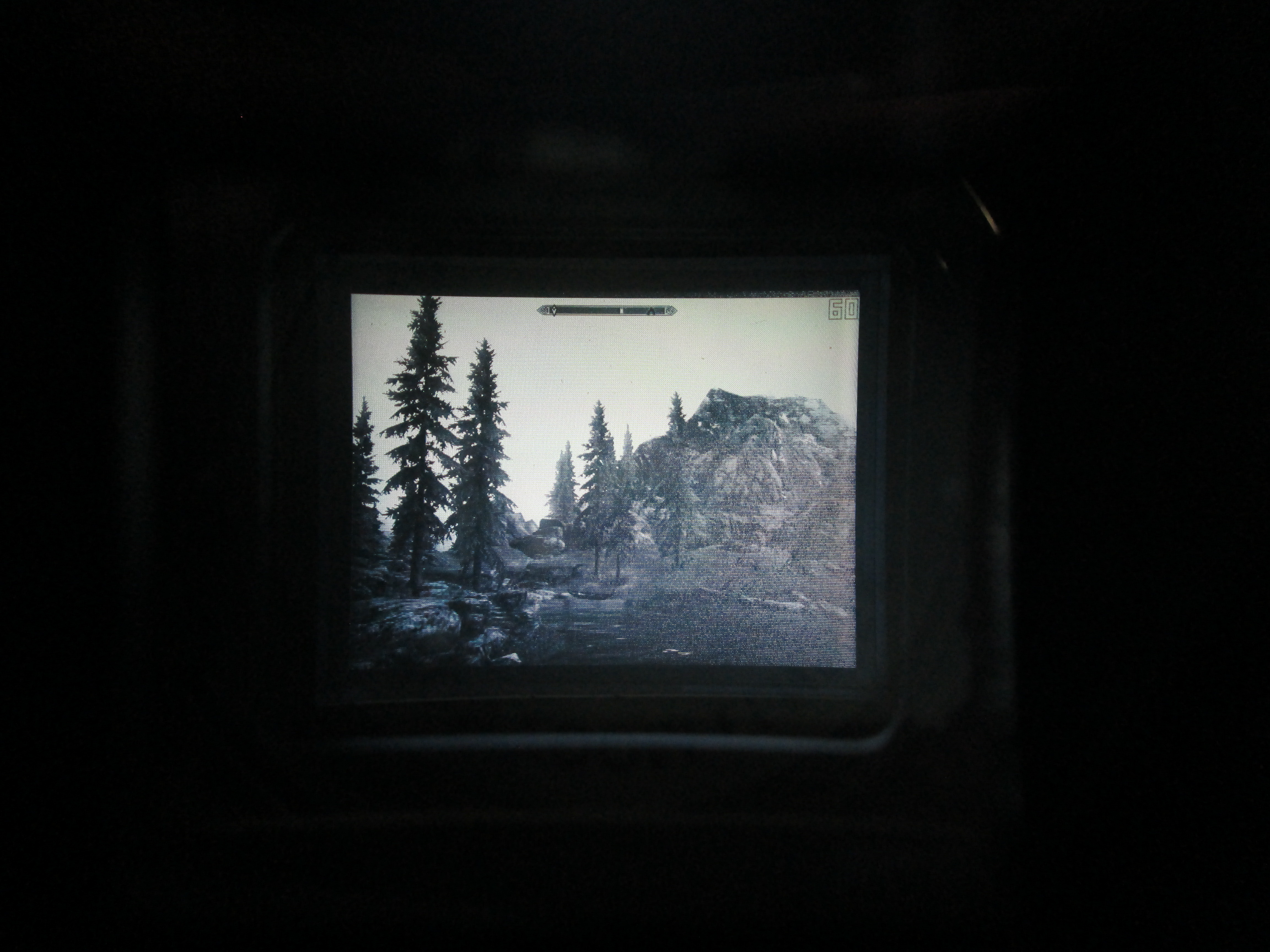
Virtual Vision Eyeman. Monchrome. Resolution unknown. | 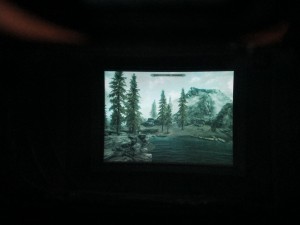
Sony Glasstron PLM-S700. 800×600 pixels. 30 deg. H.FOV. 2.25 arcmin/pixel. |

eMagin Z800 HMD. 800×600. 32.46 deg. H.FOV. 2.44 arcmin/pixel. | 
VFX1. 263×230 pixels. Stock plastic optics. 35.5 deg. H.FOV. 8.1 arcmin/pixel |
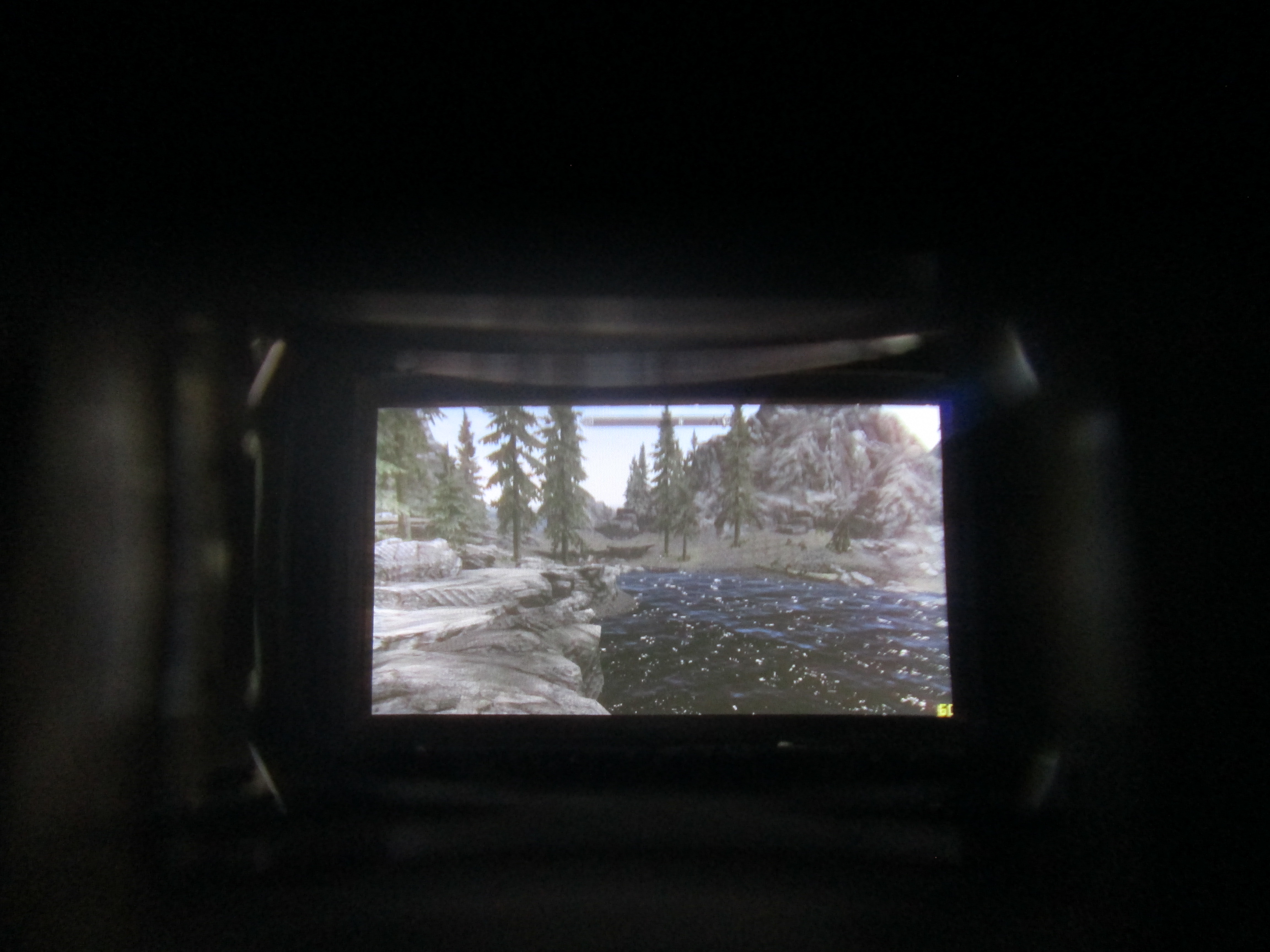
Vuzix Wrap 1200. 852×480. 30.72 deg. H.FOV. 2.169 arcmin/pixel. | 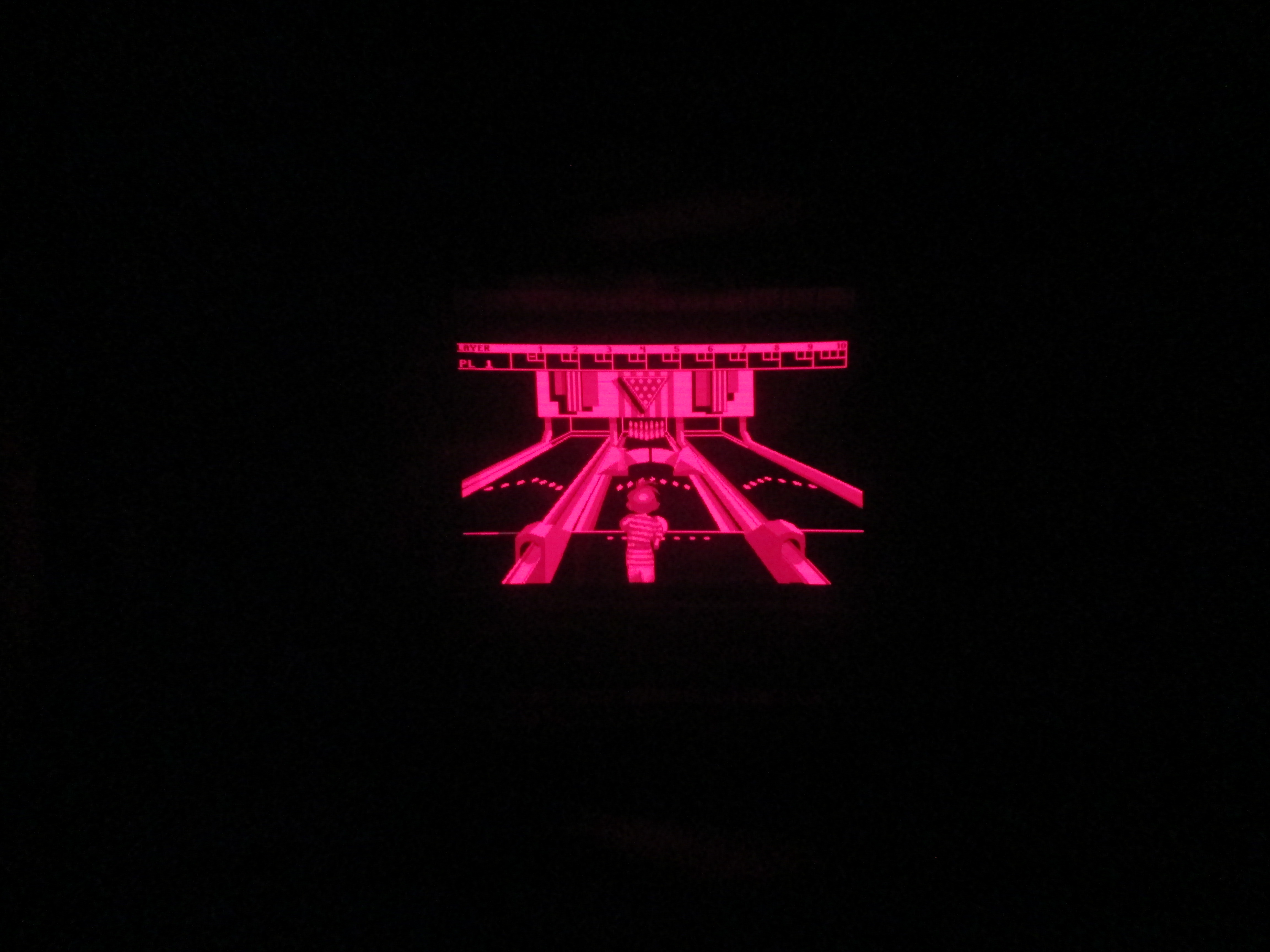
Nintendo Virtual Boy. 1×224 scanned resolution. FOV unknown. |
 Mellott's VR
Mellott's VR